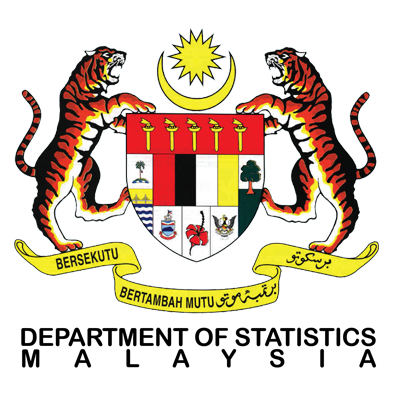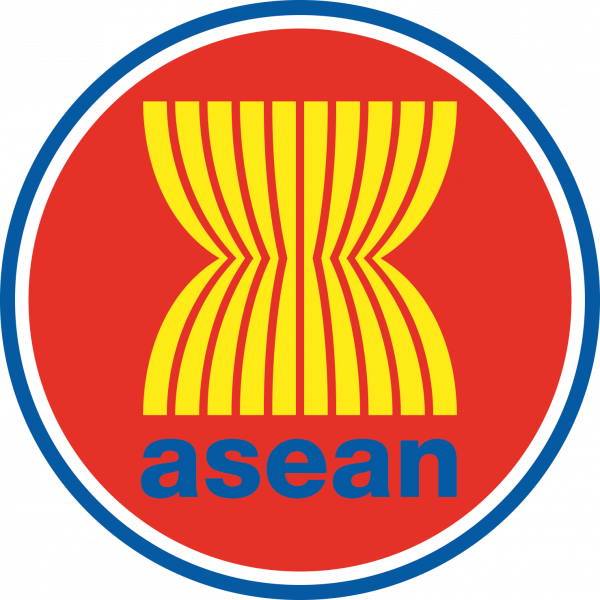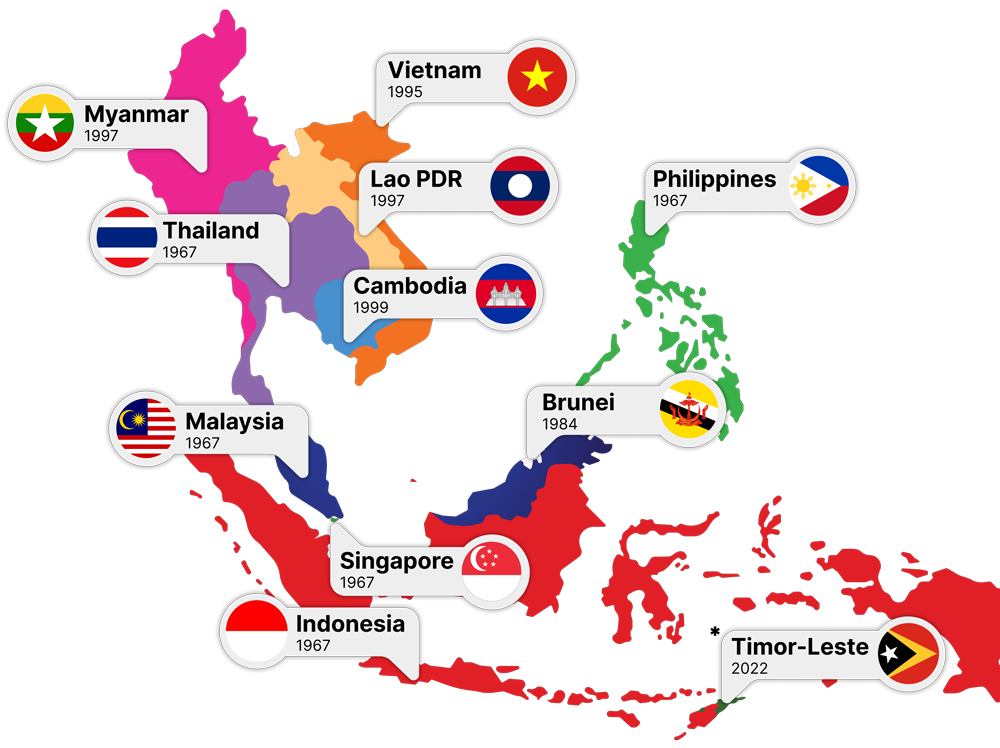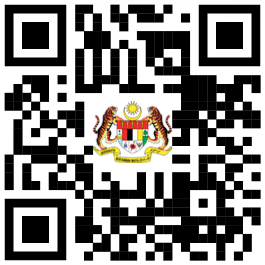ASEAN
9,653 Views
UNITY IN UNIQUENESS OF THE ASEAN MEMBER STATES (AMS)
|
The Association of Southeast Asian Nations, or ASEAN, was established on 8 August 1967 in Bangkok, Thailand, with the signing of the ASEAN Declaration (Bangkok Declaration) by the Founding Fathers of ASEAN: Indonesia, Malaysia, Philippines, Singapore and Thailand. Brunei Darussalam joined ASEAN on 7 January 1984, followed by Vietnam on 28 July 1995, Lao PDR and Myanmar on 23 July 1997, and Cambodia on 30 April 1999, making up the ten (10) Member States of ASEAN today. |
|
During the 40th and 41st ASEAN Summits and Related Summits in Phnom Penh, Cambodia, the ASEAN leaders agreed in principle to accept Timor-Leste as the 11th member of ASEAN, grant it observer status and draft an action plan based on objective criteria to support the country in achieving full membership. Timor-Leste's participation in ASEAN meetings has been enhanced following the 35th ASEAN Coordinating Council (ACC) Meeting on 8 October 2024 in Vientiane, Lao PDR. ASEAN Member States agreed that Timor-Leste may now contribute to discussions on relevant agenda items rather than only speaking at the end of meetings, while still not participating in decision-making. To facilitate this, the ACC adopted revised Guidelines for the Implementation of Observer Status, ensuring Timor-Leste's greater involvement across ASEAN’s three Community pillars and Connectivity. |
||

ASEAN Community
The establishment of the ASEAN Community during Malaysia’s Chairmanship in 2015 marked a historic milestone in the regional integration process, encompassing the Political-Security Community, Economic Community, and Socio-Cultural Community. This achievement aimed to foster closer cooperation, stability, and prosperity among member states while realizing an ASEAN Community that is politically cohesive, economically integrated, and socially responsible. It was designed to enhance ASEAN’s ability to address both current and future challenges and opportunities effectively.
Three Community Pillars of ASEAN
The roadmap for an ASEAN Community (2009-2015) was declared by the leaders in 2009. The ASEAN Community, anchored on three community pillars was launched in 2015.
ASEAN Political-Security Community (APSC)
The APSC shall aim to ensure that countries in the region live at peace with one another and with the world in a just, democratic and harmonious environment.
ASEAN Economic Community (AEC)
The AEC is the realization of the region’s end goal of economic integration. It envisions ASEAN as a single market and product base, a highly competitive region, with equitable economic development, and fully integrated into the global economy.
ASEAN Socio-Cultural Community (ASCC)
The ASCC is all about realising the full potential of ASEAN citizens. The ASCC Blueprint 2025 was adopted by the ASEAN Leaders at the 27th ASEAN Summit on 22 November 2015 in Kuala Lumpur, Malaysia.
The ASEAN 2025: Forging Ahead Together was introduced in 2015 as a Post-2015 Vision. It comprises the ASEAN Community Vision 2025, the ASEAN Political-Security Community Blueprint 2025, the ASEAN Economic Community Blueprint 2025 and the ASEAN Socio-Cultural Community Blueprint 2025.
ASEAN Charter
In reaffirming ASEAN’s commitment to evidence-based policymaking and deeper regional integration, the 43rd ASEAN Economic Ministers (AEM) Meeting held in Manado, Indonesia on 10–11 August 2011 marked a significant milestone in regional statistical cooperation. Recognising the critical role of timely, relevant, and comparable statistics in supporting the AEC and other pillars of the ASEAN Community, the Ministers endorsed the Terms of Reference (TOR) for the ASEAN Community Statistical System (ACSS) Committee.
“In line with the establishment of the ACSS Committee, the Ministers endorsed the Terms of Reference of the ACSS Committee and the inclusion of the ACSS Committee in the Updated Annex 1 of the ASEAN Charter under the AEM. The Ministers underscored the importance of having clearer mandate of the ACSS Committee to expedite the development and provision of timely, relevant and comparable statistics in support of all pillars of the ASEAN Community.”
Source: https://asean.org/













